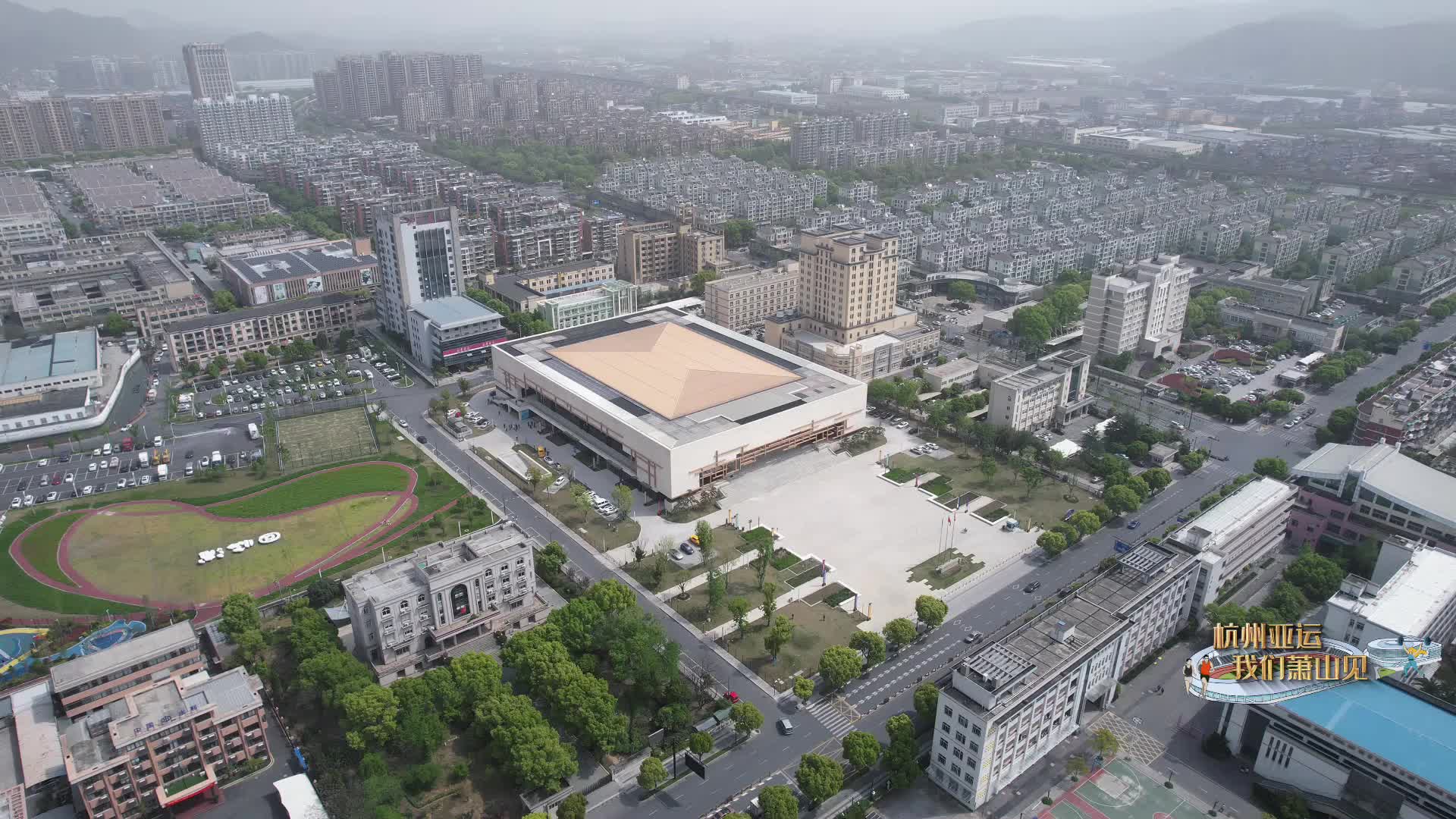Rooftop photovoltaics fuel China's green transition
Cainiao Network, Alibaba's logistics arm, switched on the new rooftop photovoltaic power generation facilities at its bonded warehouses in East China's Zhejiang province on Thursday.
Spanning over 100,000 square meters, the rooftop PV panels glinted in the sun at the company's two major bonded warehouses: Hangzhou Comprehensive Bonded Zone in the provincial capital of Hangzhou; and Ningbo Qianwan Comprehensive Bonded Zone in the city of Ningbo.
The PV power systems can produce about 8 million kilowatt-hours (kWh) of electricity annually, equivalent to the yearly electricity consumption of over 3,000 households.
The once-idle rooftops can now meet the energy consumption needs of Cainiao's industrial parks and share the spare electricity with the State Grid, said Wang Xinjie, who is in charge of facility operation and maintenance for Cainiao's bonded warehouses.
Similar PV panels atop buildings have also helped Hangzhou Ruidong Machinery Co Ltd lower its production costs.
Ruidong's PV project is expected to generate around 2.2 million kWh of electricity every year, helping save 720 tonnes of standard coal or reduce 2,200 tonnes of carbon dioxide emissions.
"After being put into use for half a month, the rooftop PV power systems have saved nearly 10,000 yuan (about 1,570 U.S. dollars) from our electricity bill," said Han Shilong with the machinery company.
As the green transition becomes increasingly popular worldwide, rooftop PV power systems have grown into a novel and eco-friendly choice in architectural design across China.
In February, the Beijing Daxing International Airport put into use its car park photovoltaic power project, which has an expected annual power generation capacity of over 3 million kWh.
The airport's two car park buildings cover a total area of approximately 250,000 square meters, while about 18,000 square meters of the roofs are covered with thin-film photovoltaic modules.
With its eco-friendly design, the project is expected to save 1,080 tonnes of standard coal and slash 3,040 tonnes of carbon dioxide emissions annually.
In 2021 alone, China added 52.97 million kilowatts of installed PV power generation capacity, about 55 percent of which was contributed by distributed PV generation systems like rooftop PV panels.
"The rooftop PV systems are just the beginning of our sustainable development plan for the company's imports," said Sun Beibei, general manager of Cainiao's global import supply chain department.
By September 2023, the rooftop PV panels of Cainiao's bonded warehouses will increase to about 500,000 square meters. The warehouses will also incorporate "carbon reduction" into every logistics link, Sun added.
"We aim to build an eco-friendly global logistics network for merchants and brands across the globe to cut carbon footprints hand in hand," said Sun.
-
Foreign teacher, Hangzhou students capture picturesque countryside
August 9, 2023
-
Hangzhou Asian Games launch 50-day-to-go campaign
August 4, 2023
-
Hangzhou achieves 6.9% GDP growth in H1 2023
July 27, 2023



